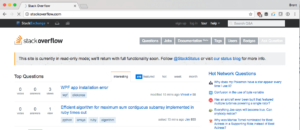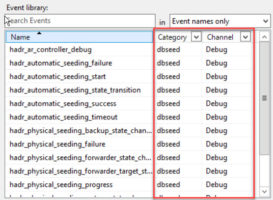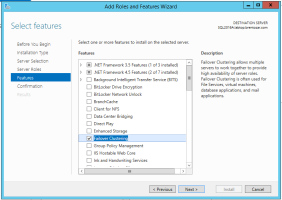An Expensive Reason To Avoid AGs In Azure
Always On Availability Groups, Backup and Recovery, CHECKDB and Corruption, Cloud Computing, High Availability, Microsoft Azure, SQL Server
24 Comments
Cash Rules Most people, when they get through paying for Azure, and SQL Server Enterprise Licensing, are left with a hole in their wallet that could only be filled with something that says “Bugatti”, and has a speedometer with an infinity sign at the end. Recently, while working with a client, I found out that…
Read More
















